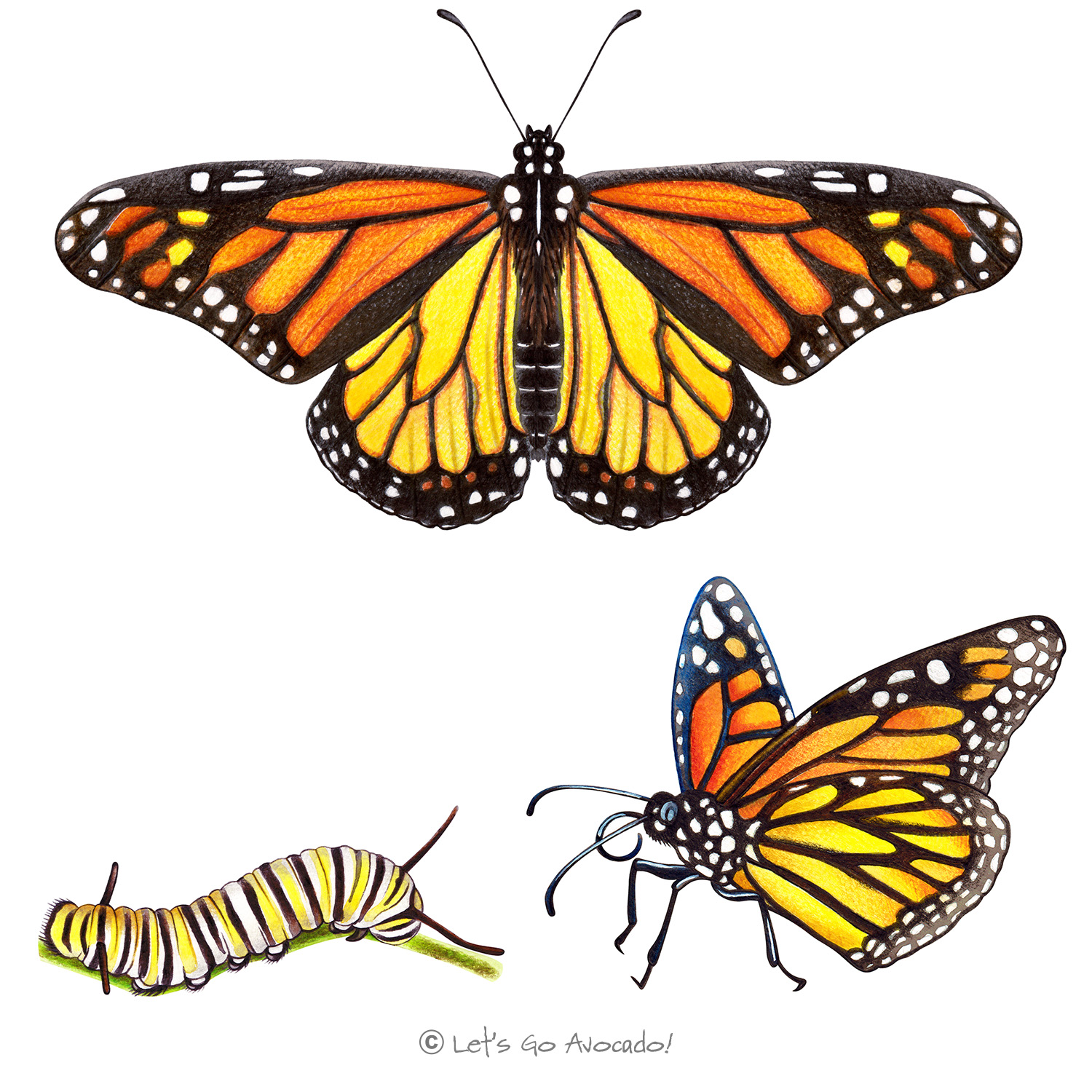

Monarch Butterfly
Common Tiger, Black Veined Brown, Wanderer, and Milkweed
Danaus plexippus
This page may contain affiliate links.
Read our disclosure and privacy policy here.
The Monarch Butterfly is perhaps one of the most famous and easily recognizable butterflies in the world. Best known for its incredible mass migrationMigration is the regular movement of animals from one place to another, often to find food or better weather. It’s a seasonal trip that many animals take for survival. Learn More, it covers thousands of miles, traveling from North America to central Mexico and back. This vibrant insect has been the subject of countless studies due to its unique migratory patterns and dependence on milkweed.
Monarch Butterfly

There’s a lot to explore right where we are, in our own neighborhoods and backyards! Join us while we get off the couch and explore the everyday wonders of nature, science, space, engineering, art, and anything else we stumble upon during on our adventures.







